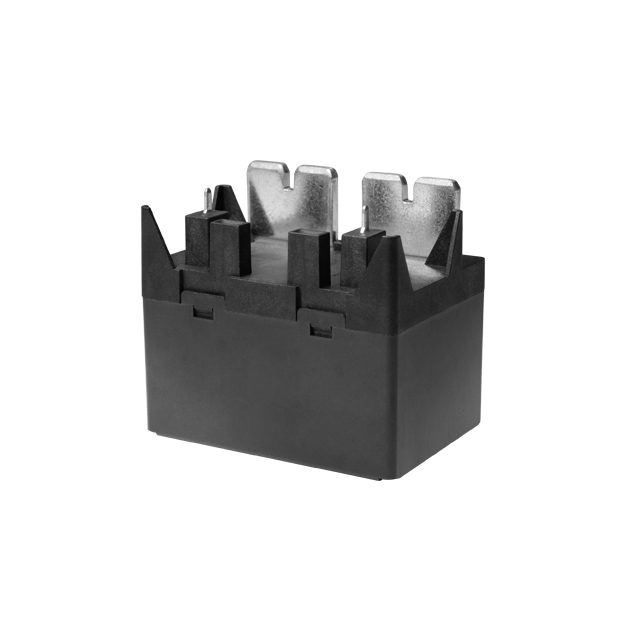Relays are integral components in electrical systems, providing control and protection functions that ensure the safety and reliability of operations. Whether in industrial machinery, residential systems, or power grids, relays play a critical role in safeguarding equipment and preventing damage caused by electrical faults. In this article, we’ll explore the various safety features of relays that help mitigate potential risks in electrical circuits and ensure safe operations.

1. Overload Protection One of the primary safety functions of a relay is overload protection. In electrical systems, equipment like motors, transformers, or circuits can be subjected to excessive currents, which may cause overheating or damage. A relay designed with overload protection can detect when the current surpasses the pre-defined threshold, causing the relay to break the circuit and disconnect the load. This prevents damage to the system and reduces the risk of fire hazards or equipment failure. 2. Short Circuit Protection Another essential safety feature of relays is their ability to protect against short circuits. A short circuit occurs when a low-resistance path forms in a circuit, allowing a large amount of current to flow, often leading to significant damage. In such instances, the relay detects the sudden surge in current and trips the circuit, quickly isolating the faulted section to prevent further damage to other components in the system. By acting quickly, the relay ensures the safety of the system and protects the electrical components from destruction.